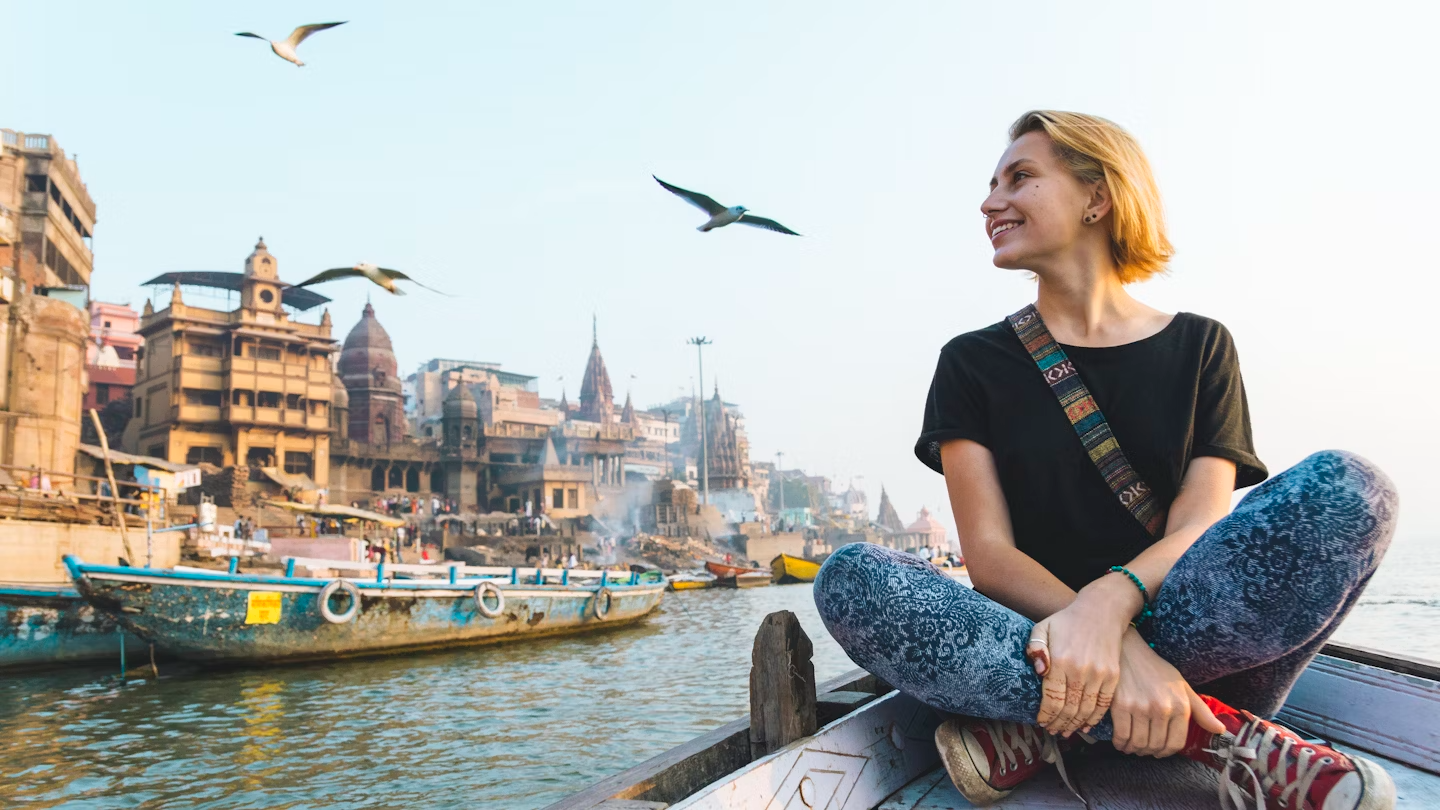Visiting India- Let’s have a weather guide :

India’s diverse climate means you can visit the country year-round if you choose your destination wisely. While the south may be roasting, the northern regions can be mild, and the Himalayan peaks are often snow-covered. No matter what climate suits you, it can be found somewhere in India throughout the year.
Winter (October to March):
The plains of India are at their freshest and best during the winter months. This is the optimal season to travel in northern India, including Rajasthan and around Delhi. Although it can be quite chilly in December and January, the weather is generally pleasant.
East India: The extreme combination of heat, humidity, and monsoon leaves only November to February fairly comfortable for visiting.
Southern India: It is hot all the time but best visited between November and February, even though some may find the heat disagreeable. The green strip of Kerala down the Malabar coast offers a more temperate climate with a much gentler atmosphere.
Monsoon (May to September):
The scorching pre-monsoon heat, monsoon deluge, and post-monsoon humidity affect almost everywhere during this period. Avoid this season if possible, although many places are lush and beautiful immediately after the rains.
Himalayas: Monsoon is the perfect time to visit the Himalayas, offering various activities from Srinagar to Darjeeling and even excursions to Nepal and Bhutan. The weather in the hills varies with altitude, bringing winter snow, spring and summer blossoms, and rich autumn colors. Rainy months in the hills are localized, so check the weather carefully.
Cool Spots: Other cooler areas include the southern Nilgiri and Cardamom hills, which divide Tamil Nadu from Kerala, the hill stations inland from Mumbai, and Mount Abu on the Rajasthan-Gujarat border.
Best Time to Visit Different Regions of India:
- October to March: This period is considered the best time to visit most parts of India, including the famous Golden Triangle (Delhi, Agra, Jaipur), Rajasthan, Kerala, Tamil Nadu, and Goa. The weather is pleasant, with cooler temperatures and minimal rainfall. However, avoid Tamil Nadu in November due to heavy rains.
- April to June: Ideal for exploring the Himalayan regions like Uttarakhand, Ladakh, Kashmir, and Himachal Pradesh. The weather is favorable for trekking and adventure activities. However, the rest of the country experiences hot weather during this time, so it may not be the best for sightseeing in places like Rajasthan or the central plains.
- July to September: The monsoon season brings heavy rainfall to most parts of the country. While this may not be ideal for outdoor activities, it is a great time to visit the lush green landscapes of regions like Kerala or the Western Ghats. The rain adds a picturesque charm to destinations like Rajasthan and the Taj Mahal in Agra. September is also an ideal time to visit the north Indian plains and hill states of Kashmir, Uttarakhand, and Himachal Pradesh.
- Festivals and Events: For an immersive cultural experience, plan your visit around major Indian festivals like Diwali, Holi, Durga Puja in West Bengal, and Navaratri in North and Western India.
Final Tips for USA Travelers:
Ultimately, the best time to visit India depends on your preferences, the regions you wish to explore, and the type of experience you seek. Research specific destinations to choose the most suitable time for your trip. For personalized suggestions and further clarification, contact travel agencies like Limitless Vacations Read More
India’s varied climates and cultural richness make it a year-round destination, but planning your visit according to the regional weather and festival calendar can enhance your experience. Whether you’re drawn to the historical wonders of the Golden Triangle, the tranquil backwaters of Kerala, or the majestic peaks of the Himalayas, timing your trip can make all the difference. Enjoy your journey and embrace the diversity and beauty that India has to offer.


